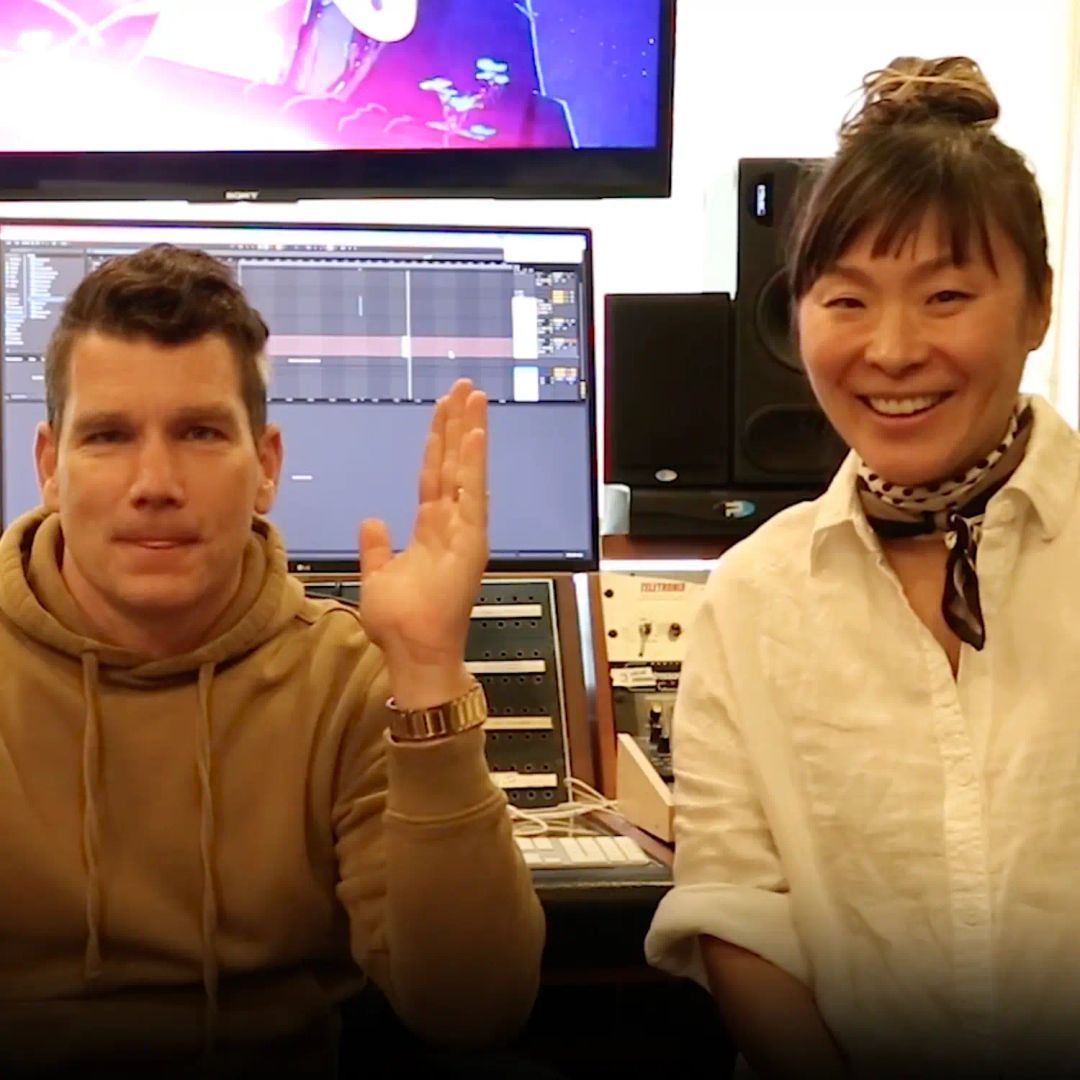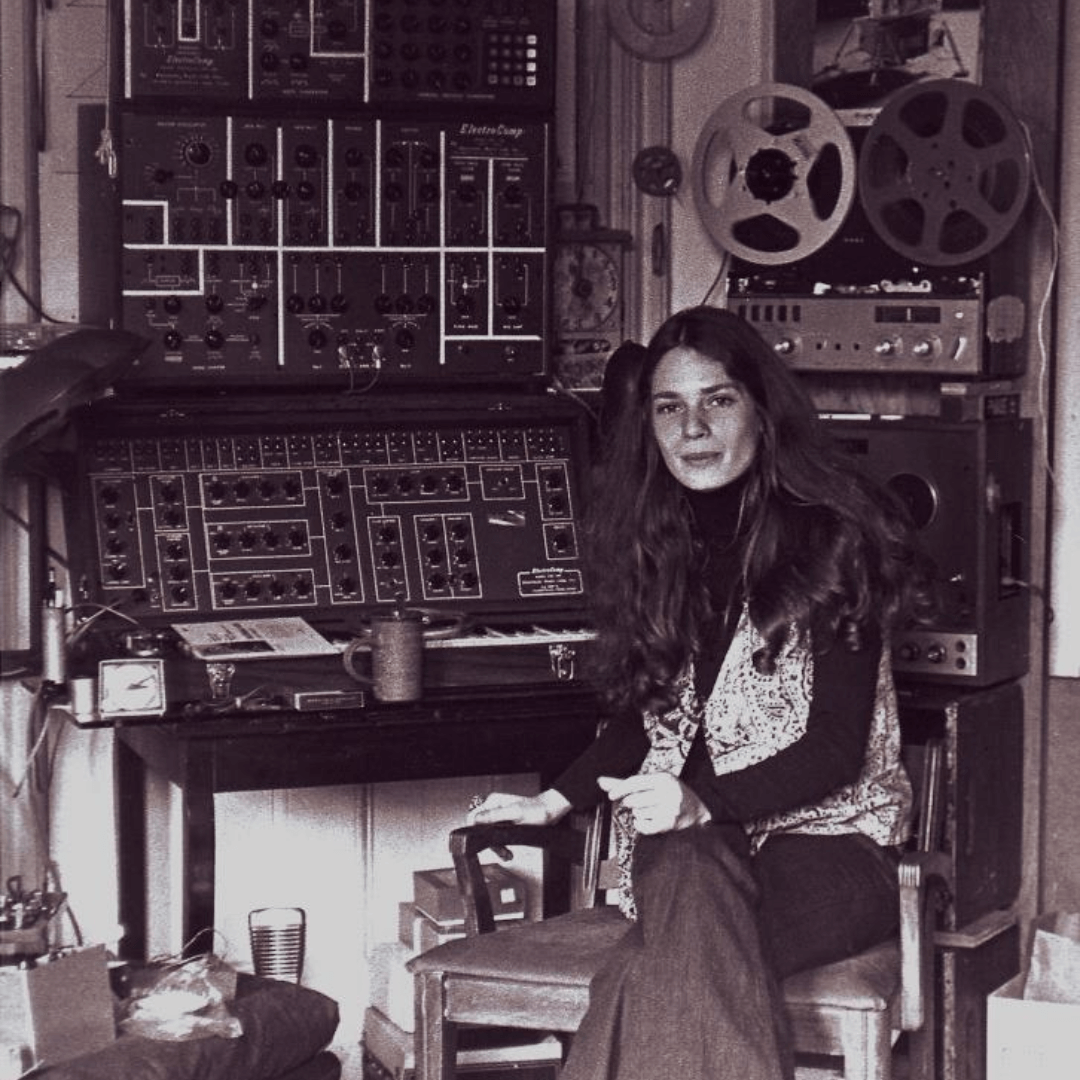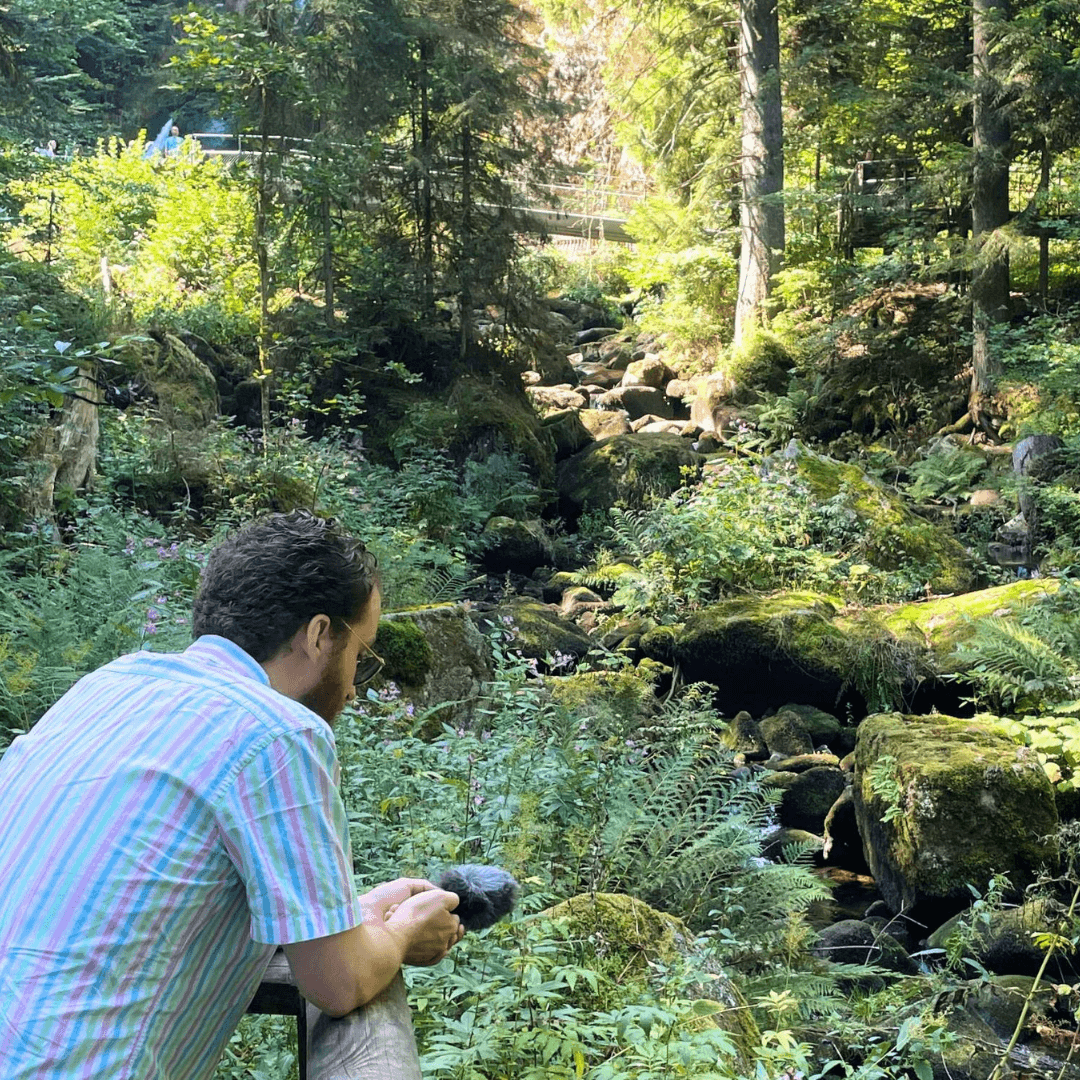The Recordist: Building a Sound Library
Antfood Sound Designer, Laurens Lammers, is fascinated by sound and its power to convey meaning. While not always obvious how sound changes our perceptions of the world around us, it can influence our emotions and is a universally understood language. Laurens enjoys meticulously crafting sonic delights and recording in the field to add to his extensive sound library.
Can you tell us about your background as a sound enthusiast?
I studied Music Technology at the University of the Arts in Utrecht. I was inspired by sound recordists who show a strong commitment and love for recording beautiful sound; there are people who make recordings of days in length just to capture rare animals or disappearing soundscapes.
At the same time, I began experimenting with using unconventional microphones like hydrophones, contact microphones, pickup coils and even a geophone that is normally used to measure seismic activity.
What is a sound library?
Recording and cataloging sounds is a big part of a sound designer’s colour palette. Every recordist has a different approach – for me, it takes form in a combination of creative field recording, designing and cataloging sound. Your recordings might focus on textures, while someone else’s library focuses on movement. The need for certain sounds can differ by context –for example, an advertisement doesn’t always require the dramatic sound design elements typically found in cinema. Whilst it has a similar intensity, it requires a different design approach.

Field Recording in The Ardennes, Belgium
Have you got some examples of field recordings to share?
A lot of my field recordings are recorded during holidays. At Esch-sur-Sûre in Luxembourg, I used a hydrophone (a microphone designed for underwater recording) to capture the sound of splashes as my girlfriend threw stones towards me. I captured a beautiful recording of these hot, dry stones sizzling underwater. Happy accidents are usually the best, so now I always carry a small case with a recorder and external microphones. I don’t want to miss out on anything - it’s so rewarding!
Ambiances which truly represent a certain place and culture are important. You’ll hear many cyclists in ambiance recordings here in Amsterdam and having those sounds available in your library is a powerful thing.
Another thing to consider is how our sound environment is constantly changing. In a few years, cars may no longer be allowed in city centers, and the fact that we are phasing out combustion engines to reduce emissions means that recordings made now could become of great value later.
What’s the process after you’ve recorded a sound?
Editing and cataloging are vital next steps, especially when you work with the recordings and want to implement them in a production workflow. You need to be able to find a sound quickly in your library. So you can’t cut corners!
Can you share any examples of work where your field recordings helped elevate the final production?
There are at least a few sound effects from my own library in almost every project I work on. At Antfood, we strive to make every soundscape as fresh as possible, so there are always new recorded sound effects.
It’s usually the weird and beautiful recordings that elevate a certain moment in a production. I recorded a coffee machine with a geophone - the low end is astonishing and it recently made the rumble of a car so much more powerful.
Do any other specific examples come to mind?
I’ve also used a nice forest ambiance that I recorded in the Black Forest, Germany, in the opening scene of the Let’s! Revolution! game trailer. It layered into the piece so well and also reminds me of the great time I had while hiking there, in a way the recording is like a holiday picture.
How did these types of recordings impact the Let's! Revolution! project?
Worldbuilding was a core part of crafting the soundtrack for Let’s! Revolution!, so using fresh sounds enabled us to bring animated sequences to life.
Any final thoughts?
More technologies that use sound to enhance experiences are emerging. Because of this, the influence and value of sound is recognized more and more everyday. From my point of view sound is an important aspect of human centered design and more than a useful tool for storytelling and there is an opportunity for designers to shape the sound world to better everyday life.
Similar content
Collaborative Composition: Method & Madness
by Wilson Brown, Rory White, Jenn Fife, Sue Lee, Yuta Endo

The Pioneering Women of Electronic Music
by Rory White

A Deeper Dive into The Hammond Organ
by Charlie Blasberg

